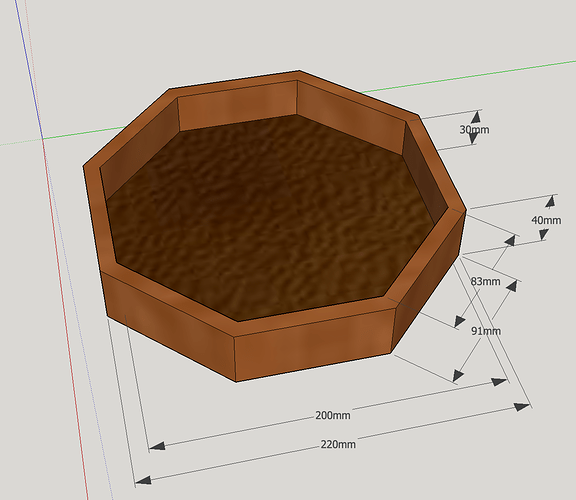Hi folks! I’m looking forward to meeting a bunch of people and getting inducted with the wood workshop machines at the christmas party on Saturday, as I’m raring to go with this octagonal dice tray. 
I haven’t built anything since DT at school. I realise this is a pretty simple item, but can anyone recommend a build process? I’d love to use finger joints between the 8 pieces of the rim, but I’d settle for just glued together and/or nailed to the base, if it will be significantly easier for my first try while I learn to use the tools and machines.
I think I’d like to make it from walnut, oil and wax it, and line the inside with synthetic leather. Any tips or comments? How much of what materials will I have to get ahold of myself?




 I’m trying to keep up with the terminology and machinery names (google is my friend) and it’s looking like my plan should be:
I’m trying to keep up with the terminology and machinery names (google is my friend) and it’s looking like my plan should be:
